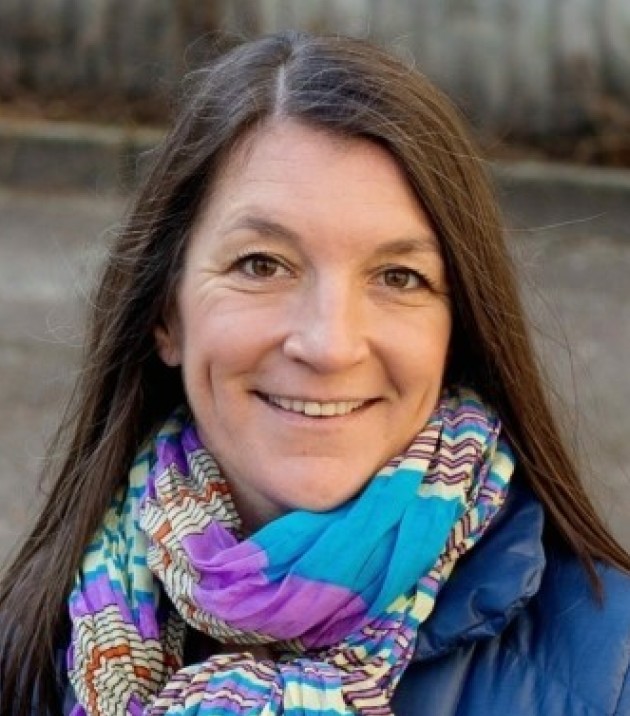
Professor Sarah Gasda will give the ESE Departmental Seminar on 21 January, “Under pressure: Assessment of safe and sustainable large-scale CO2 storage”
Join us online on Thursday 21 January by clicking “Livestream” on the seminar page at 12pm.
Abstract
Geological CO2 storage is widely recognized as playing an important role in the transition to a net-zero society. In Europe, it is projected that CCS will account for emissions reductions totaling more than 12 billion tons by 2050. There are many promising signs of CCS deployment, with several new projects in advanced planning stages around Europe. Norway has recently approved the Longship CCS project, which will be the first full-scale CCS project in Europe expected to be in operation by 2024.
With this uptick in activity, it is increasingly important to understand and quantify the safety of CO2 storage. CO2 storage has been demonstrated for 1 million ton stored per annum at several sites around the world, e.g. Sleipner and Snøhvit in the North Sea, In Salah in Algeria, Quest in Canada. These important initial projects have been successful by many measures — demonstrating technology, increasing knowledge and providing valuable data to enable future scientific and technological advances.
However, if CCS is to contribute to a rapid decarbonization of the industry and energy sectors as expected, CO2 injection need to be scaled up by 50- to 100-fold within the next decades. This means moving from single isolated projects to a portfolio of several sites covering an entire sedimentary basin. The remaining challenge is to understand how knowledge gained at the demonstration scale translates to safe and sustainable CO2 storage at the climate-relevant scale.
In this talk, I’ll review the status of knowledge of CO2 storage safety and performance, including the role that migration and trapping, geology, and pressure build-up in determining the integrity of long-term large-scale CO2 storage. Inherent to storage safety and performance is the evolution and interaction of fluid flow, thermal and mechanical processes during and after injection. I will discuss how laboratory, field data, modeling and simulation helps us understand the key processes at play, and how this translates to reliable predictions of CO2 storage over the lifetime of a large-scale storage project and beyond.
Biography
 Sarah Gasda joined NORCE in 2011 (previously Uni Research) in Bergen as a senior researcher before being promoted to Chief Scientist in 2018. She holds a PhD in Civil and Environmental engineering from Princeton University in 2008, and was also awarded a post-doctoral fellowship at the University of North Carolina at Chapel Hill, Department of Environmental Science and Engineering, funded by KAUST (King Abdullah University of Science and Technology).
Sarah Gasda joined NORCE in 2011 (previously Uni Research) in Bergen as a senior researcher before being promoted to Chief Scientist in 2018. She holds a PhD in Civil and Environmental engineering from Princeton University in 2008, and was also awarded a post-doctoral fellowship at the University of North Carolina at Chapel Hill, Department of Environmental Science and Engineering, funded by KAUST (King Abdullah University of Science and Technology).
Sarah’s research and expertise is in computational methods and modeling of multiphase flow in porous media with particular focus on geological CO2 storage. Over the past 20 years, her research has contributed to improving our understanding of long-term CO2 storage and containment, including the potential of leakage from legacy wells and faults. Recently, Sarah’s focus has been on understanding the role of pressure in large-scale storage and seeking more efficient tools for appraising basin-scale regions for gigatonne storage development.
Sarah leads the research group in Computational Geosciences and Modelling. The core of the research group’s activities center around the Open Porous Media initiative (OPM), a collaborative open-source software development project, and the National IOR Center of Norway.
Sarah serves as Associate Editor of the International Journal of Greenhouse Gas Control (IJGGC) and is also on the Editorial Board for Petroleum Geoscience, with focus on application of geosciences to CO2 storage, energy storage and the energy transition.